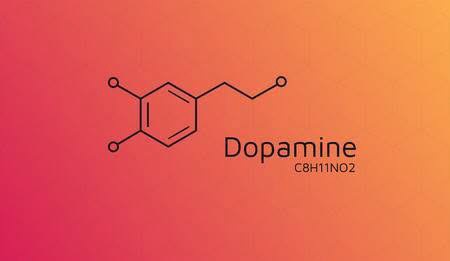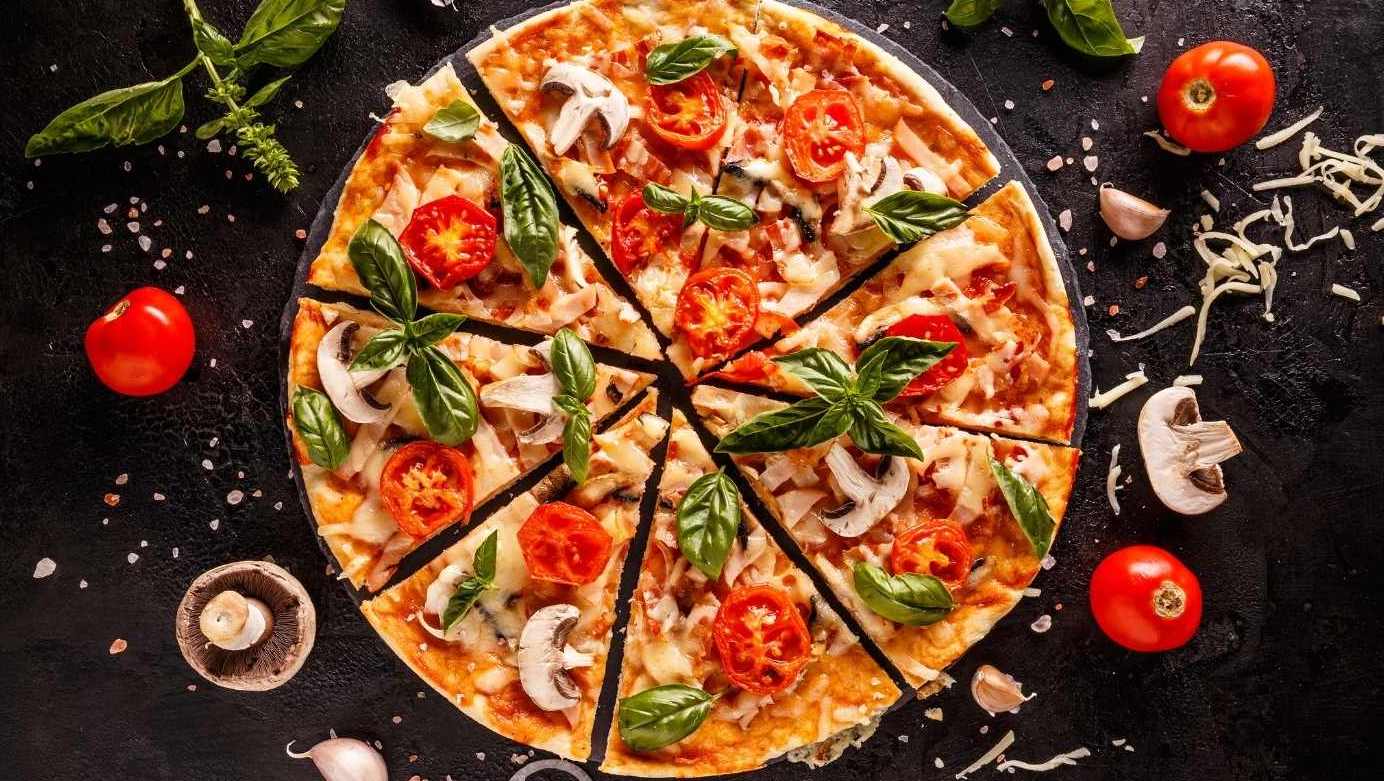Temptation of Junk Food: Unraveling the Science Behind It
In today’s fast-paced world, the temptation for junk food is undeniable. Despite our awareness of the health risks associated with consuming these indulgent treats, many of us find ourselves irresistibly drawn to them. But what exactly is the reason behind our preference for junk food over healthy options? In this blog post, we delve into the science and evolutionary aspects that shed light on this intriguing phenomenon.
Pleasure of eating Junk Food : Dopamine Kick

One of the primary reasons we gravitate towards junk food is its palatability. The pleasure derived from eating junk food is not a mere coincidence. It is a result of a scientifically engineered experience. Junk food is designed to activate the brain’s reward system by triggering the release of dopamine. Dopamine is a chemical released by neurons (nerve cells) that makes us desire things.
These foods trigger our taste buds and provide an instant burst of pleasure. They are carefully crafted to hit the perfect balance of flavors, textures, and aromas. And that results in stimulating our senses and create a pleasurable eating experience. This manipulation of taste can be attributed to both natural and artificial ingredients, making junk food hard to resist. The neural response reinforces our desire for these indulgent treats. And this leads to cravings and a tendency to seek them out repeatedly.
Influence of Food Advertising
The influence of food advertising on our food preferences cannot be underestimated. Food marketing plays a significant role in shaping our preferences and choices. Notably, advertising efforts often target vulnerable populations, such as children and adolescents, who are more susceptible to these marketing strategies. The emotional appeal of junk food advertisements can leave a lasting impression on young minds, shaping their food preferences and habits.
Junk food companies invest heavily in advertising campaigns that appeal to our emotions and desires. Through strategic branding, catchy jingles, and enticing visuals, they create a sense of craving and urgency. Further, associating their foods and outlets with happiness, celebrations, indulgence, and social connection, they encourage people to visit these restaurants more. These marketing tactics subconsciously influence our decision-making and contribute to our inclination towards junk food.
Sugar and Fat

Junk food often contains high levels of sugar and unhealthy fats. The combination of sugar, fat, and salt in junk food can lead to cravings and addiction-like behaviours. Sugar and fat, when combined in certain ratios, create a sensory experience that our brain perceives as highly rewarding. This is because these substances release dopamine, the neurotransmitter associated with pleasure and reward.
Our brains are wired to seek out pleasurable experiences, and the combination of sugar and fat in junk food creates a powerful neural response. This pleasure-reward response becomes a powerful driving force that leads us to crave these calorie-dense, sugary, and fatty foods. This biological mechanism contributes to our preference for the intense flavors and addictive qualities of junk food. This addictive quality can make it challenging for individuals to resist the allure of junk food, even when they are aware of the potential health risks.
Evolutionary Aspect
From an evolutionary perspective, our preference for calorie-dense foods, including junk food, can be traced back to our ancestors. In the prehistoric era, food resources were scarce and unpredictable, and early humans had to adapt to changing environmental conditions to secure their sustenance. During periods of abundance, they would consume high-calorie foods to ensure energy reserves for times of scarcity. As a result, our taste buds developed to favour foods with higher caloric content, such as those rich in sugar, salt, and fat, as a means of survival.
However, nowadays, the overconsumption of calorie-dense junk food can lead to adverse health effects, such as obesity, diabetes, and cardiovascular diseases. While our taste buds still lean towards sweet, salty, and fatty flavors, our environment has evolved faster than our biology. This has lead to a misalignment between our ancestral food preferences and our modern lifestyle.
While modern society no longer faces food scarcity, our evolutionary predisposition towards calorie-dense foods still persists.
Also read: Why peanut butter snacks are not as healthy as you think?
Psychological Factors and Environmental Influences
Our preference for junk food is not solely driven by biological factors. Psychological and emotional factors also play a role in our food choices. Comfort eating, stress relief, and emotional associations with certain foods can contribute to our inclination towards junk food.
Moreover, easy access to fast food establishments, convenience stores, and processed snacks makes junk food more readily available and affordable than healthier alternatives. Moreover, busy lifestyles and time constraints may lead individuals to opt for quick and readily available junk food options over healthier alternatives. Additionally, societal norms and cultural influences also play a role. If junk food is commonly consumed and celebrated within a social group or community, individuals are more likely to adopt those eating habits.
Our preference for junk food over healthier options is a complex interplay of biological, psychological, evolutionary, and societal factors. While the indulgence and pleasure of junk food are undeniable. It is crucial to strike a balance and prioritise our long-term health and well-being. Developing awareness, making informed food choices, and adopting healthier eating patterns can help us navigate the temptations of junk food. So that we lead a more balanced and nourishing lifestyle.